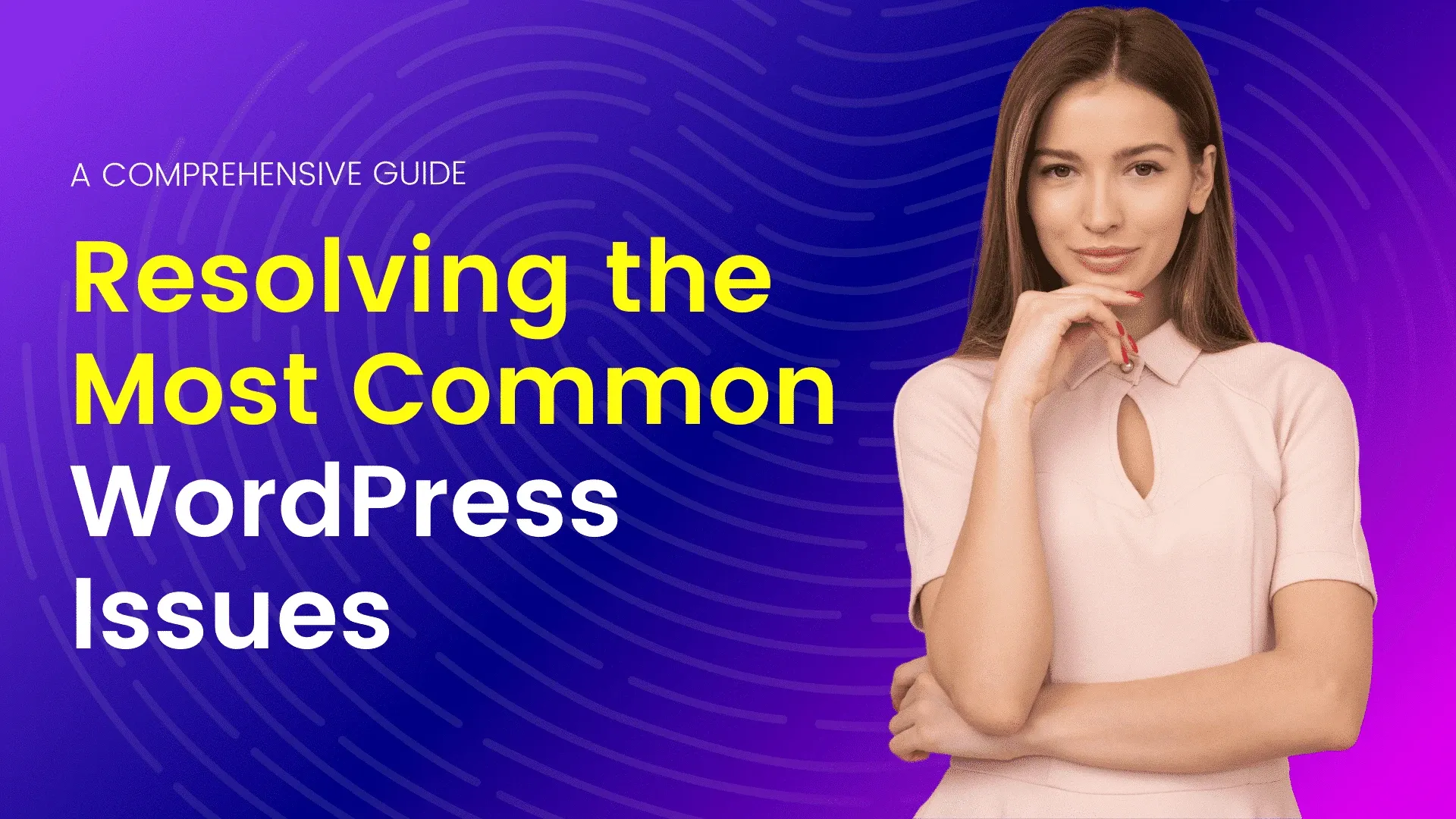WordPress stands tall in the vast digital landscape as a formidable force powering numerous websites. Yet, its widespread popularity brings with it a unique set of challenges, chief among them being the constant threat of cyber attacks. Malicious actors target WordPress sites due to their prevalence, making it imperative for website owners to fortify their defenses against potential security breaches. Whether your website is a small blog or a thriving e-commerce platform, understanding and implementing robust cybersecurity measures is non-negotiable.
Unveiling the Threats: A Deeper Dive into WordPress Cyberattacks
1. Brute Force Attacks: The Persistent Foe
Brute force attacks, a perennial threat to WordPress websites, involve hackers attempting to guess passwords through multiple attempts. Despite their seeming simplicity, these attacks pose a serious risk, with free tools and botnets making the guessing process alarmingly efficient.
Defense Strategy: Deploy an impregnable defense by adopting strong, unique passwords. Regularly rotate passwords to enhance complexity, and consider employing a password manager for streamlined security. Remember, the strength of your fortress often hinges on the resilience of your password walls.
2. XSS (Cross-Site Scripting) Attacks: Silent Infiltrators
XSS attacks, a rapidly proliferating menace, inject malicious code into websites, often through comment sections or areas accepting user input. These attacks can lead to the theft of login credentials, injection of malware, or unauthorized access to user cookies.
Defense Strategy: Vigilance is your shield. Monitor all avenues where users can input information, promptly deleting any suspicious comments to thwart potential code injections. Leveraging security tools like Akismet automates this process, ensuring your website remains impervious to evolving threats.
3. PHP Vulnerabilities: Safeguarding the Heart of WordPress
Built on PHP, WordPress relies on this programming language for managing content, authenticating users, and safeguarding critical data stored in the “wp-config.php” file. This file, often targeted by hackers, holds the key to potentially compromising your entire WordPress site.
Defense Strategy: Strengthen your fortress by relocating the “wp-config.php” file from the root directory. Alter its permissions to read-only for non-owners, reducing the risk of unauthorized access. Additionally, ensure your plugins stay updated to mitigate PHP vulnerabilities.
4. SQL Injection: The Database Conundrum
SQL injection attacks pose a severe threat by manipulating data fields to send malicious SQL code to servers. This exploitation grants attackers control over your site or enables the creation of new administrative users.
Defense Strategy: Opt for high-quality plugins and themes with a strong user base, avoiding outdated or poorly-reviewed options. Regularly audit your plugins for updates, ensuring they remain impervious to SQL injection vulnerabilities.
5. DDoS Attacks: Overwhelming the Gates
Distributed Denial of Service (DDoS) attacks inundate servers with traffic from multiple sources, rendering a website or service unresponsive. The goal is to disrupt normal functioning, leaving the targeted site vulnerable to further attacks.
Defense Strategy: While web hosts play a pivotal role in DDoS prevention, you can bolster defenses with additional measures. Implement a Content Delivery Network (CDN), monitor traffic patterns, and deploy a firewall to fortify your website against the cascading effects of DDoS attacks.
Empowering Website Owners: Take Charge of Your Cybersecurity Today
In the ever-evolving realm of cybersecurity, constant vigilance is the key to staying ahead of emerging threats. Even the most fortified websites can fall victim to cyber-attacks, emphasizing the importance of proactive measures.
While the journey to secure your WordPress site may seem daunting, the simple yet potent tips shared above, coupled with a trusted security plugin and robust passwords, form an unyielding defense against common cyber threats. Remember, it’s not just about protecting your website; it’s about securing the trust of your users and ensuring the longevity of your online presence.
As you navigate the intricate landscape of cybersecurity, take the time to stay informed about evolving threats. Consider this guide not only as a manual for fortification but as a companion in your ongoing journey to safeguard your digital domain.
Conclusion: Safeguard Your Digital Citadel Today
In conclusion, the realm of cybersecurity demands unwavering attention and proactive measures. Your WordPress fortress, while powerful, requires constant reinforcement. Implement the strategies outlined above, and fortify your digital citadel against the ever-present specter of cyber threats.
Frequently Asked Questions
- Is WordPress susceptible to cyber-attacks?
- WordPress, due to its popularity, is a common target for cyber attacks. However, implementing robust security measures can significantly mitigate the risks.
- What steps can I take to secure my WordPress site?
- Strengthen your site’s defenses with strong passwords, regular updates, vigilant monitoring, and the adoption of reliable security plugins.
- How often should I update my plugins and themes?
- Regularly update plugins and themes to patch vulnerabilities. Aim for timely updates to stay ahead of emerging security risks.
- Can I recover from a cyber attack on my WordPress site?
- Recovery is possible with comprehensive backups and a swift response. Regularly back up your site and have a contingency plan in place to minimize potential damages.
Remember, in the dynamic realm of cybersecurity, resilience is your greatest asset. Arm yourself with knowledge, fortify your defenses, and navigate the digital landscape with confidence.



















